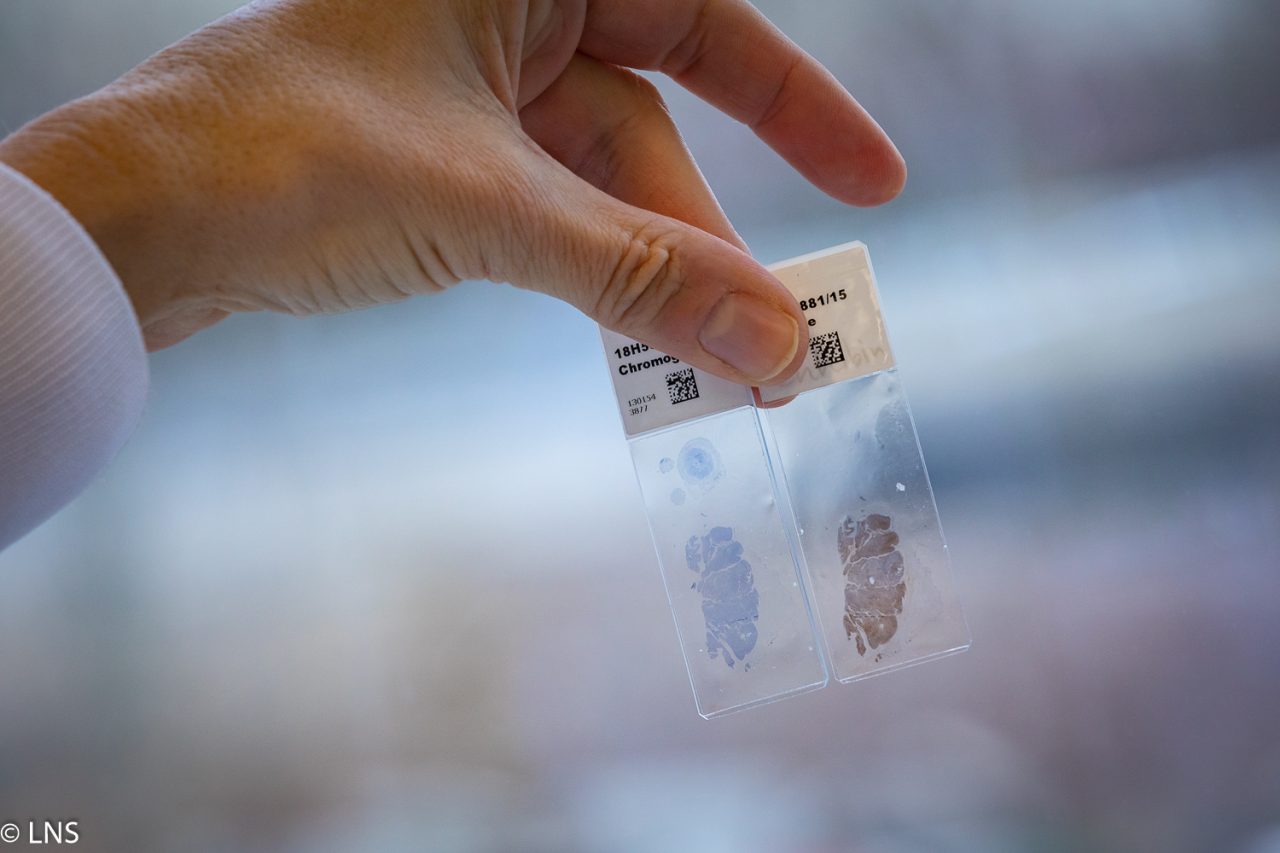

Authors: Schotterl S, Miemietz JT, Ilina EI, Wirsik NM, Ehrlich I, Gall A, Huber SM, Lentzen H, Mittelbronn M, Naumann U
Background. Extracts from Viscum album L. (VE) are used in the complementary cancer therapy in Europe for decades. VE contain several compounds like the mistletoe lectins (MLs) 1-3 and viscotoxins and also several minor ingredients. Since mistletoe lectin 1 (ML-1) has been described as the main component of VE harboring antitumor activity, purified native or recombinant ML-1 has been recently used in clinical trials. MLs stimulate the immune system, induce cytotoxicity, are able to modify the expression of cancer-associated genes, and influence the proliferation and motility of tumor cells. Objective. In this study our goal was to determine anticancer effects of the VE ISCADOR Qu, of recombinant ML-1 (Aviscumine), and of native ML-1 in the treatment of glioblastoma (GBM), the most common and highly malignant brain tumor in adults. Additionally we were interested whether these drugs, used in combination with a temozolomide-(TMZ)-based radio-chemotherapy, provide synergistic effects. Methods. Cell culture assays, ex vivo murine hippocampal brain slice cultures, human GBM cryosections, and a xenograft orthotopic glioblastoma mouse model were used. Results. In cells, the expression of the ML receptor CD75s, which is also expressed in GBM specimen, but not in normal brain, correlates with the drug-induced cytotoxicity. In GBM cells, the drugs induce cell death in a concentration-dependent manner and reduce cell growth by inducing cell cycle arrest in the G2/M phase. The cell cycle arrest was paralleled by modifications in the expression of cell cycle regulating genes. ML containing drugs, if combined with glioma standard therapy, provide synergistic and additive anticancer effects. Despite not reaching statistical significance, a single intratumoral application of Aviscumine prolonged the median survival of GBM mice longer than tumor irradiation. Moreover, intratumorally applied Aviscumine prolonged the survival of GBM-bearing mice if used in combination with irradiation and TMZ for further 6.5 days compared to the radio-chemotherapy. Conclusion. Our results suggest that an adjuvant treatment of glioma patients with ML-containing drugs might be beneficial.
Evidence-Based Complementary and Alternative Medicine : ECAM